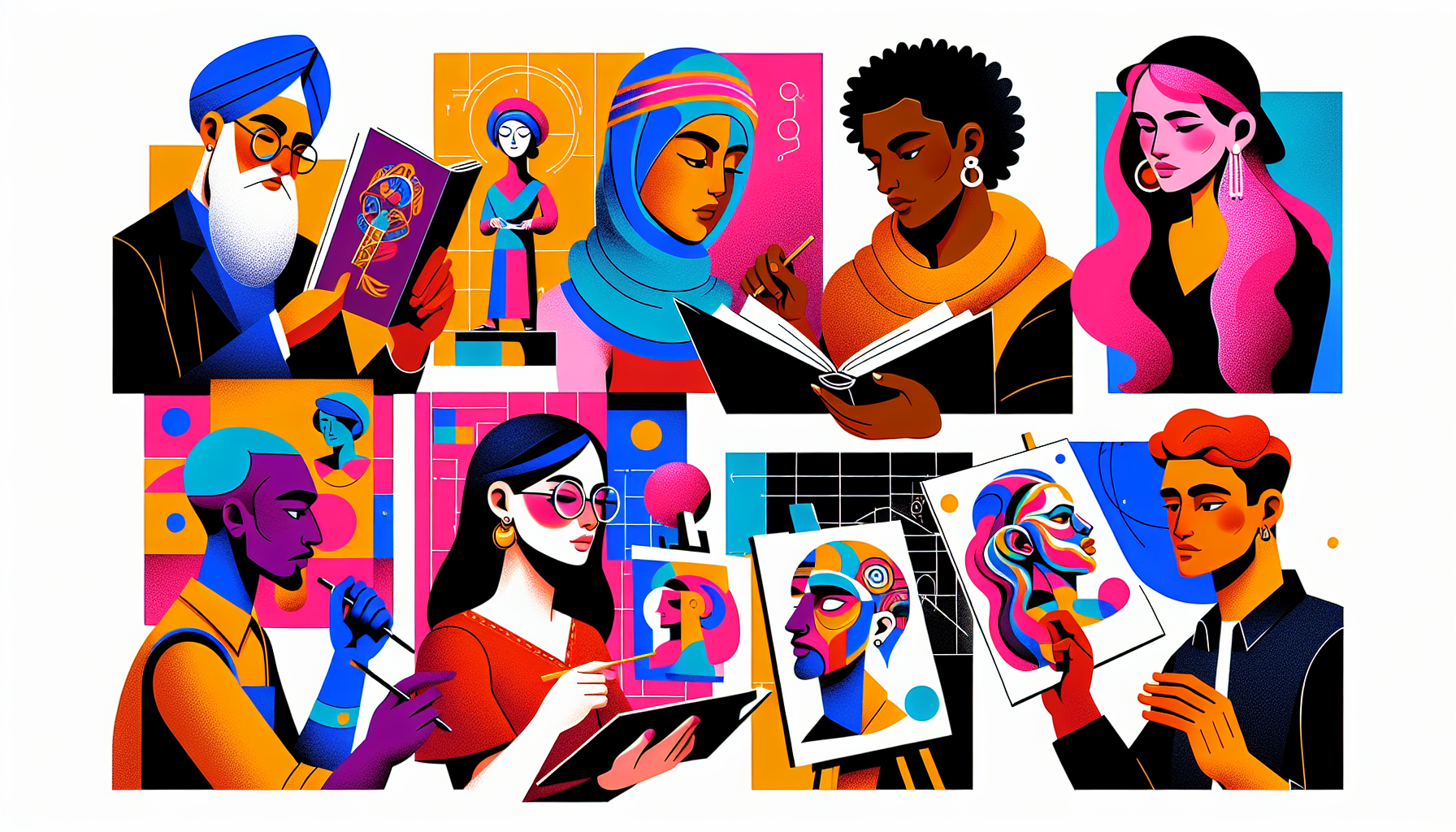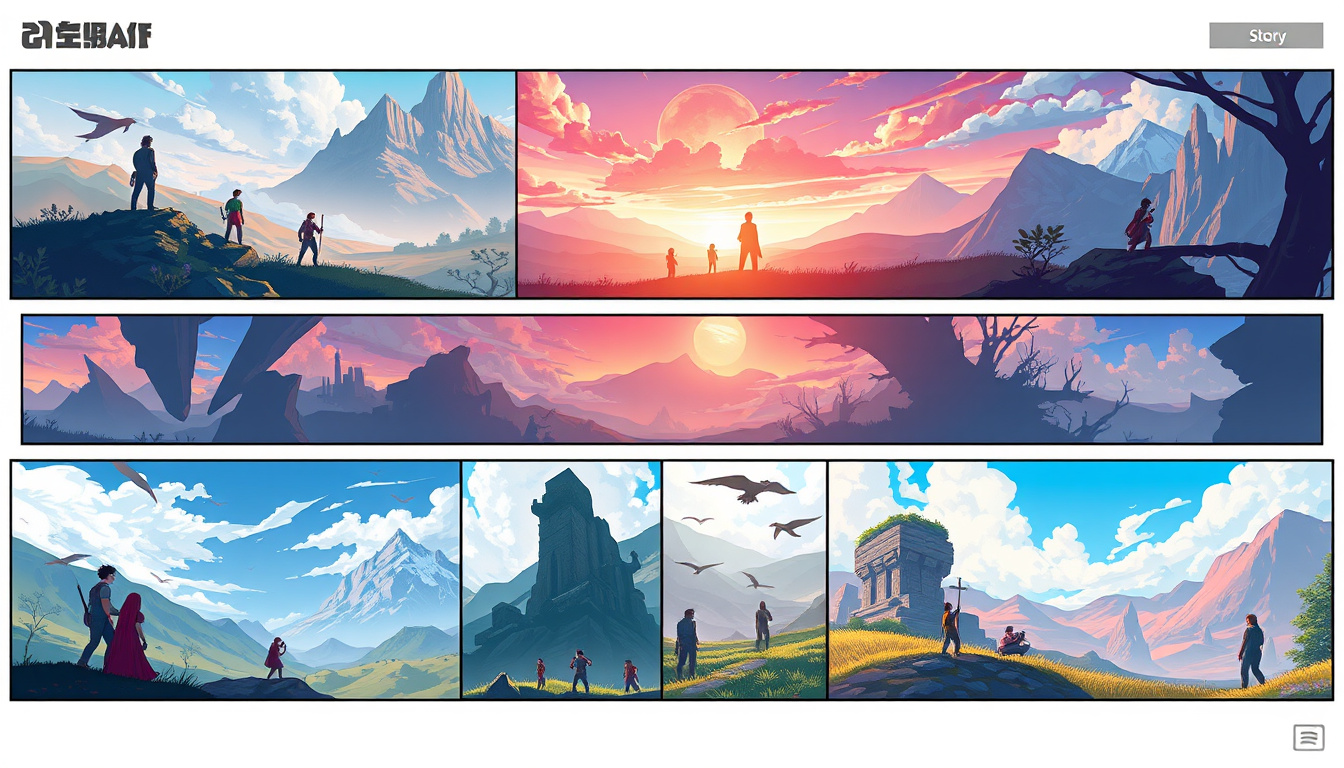
Understanding the Importance of Character Development
Characters are the heart and soul of any narrative, whether it be a novel, a film, or a play. They are the vehicles through which a story’s theme, moral, and emotional depth are conveyed. Crafting compelling characters is crucial because it’s through these characters that audiences connect, empathize, and embark on a journey. A well-developed character can elevate a simple story to an unforgettable saga that lingers in the minds and hearts of the audience long after the tale has ended.
Establishing a Solid Foundation
The first step in creating compelling characters is to build a solid foundation. This involves defining their intrinsic attributes such as physical appearance, personality traits, background, and motivations. While these may evolve over time, having a clear starting point is essential for consistency and believability. It’s also important to think about your character’s role in the story and how they fit into the larger narrative. Are they the protagonist, antagonist, or a supporting character? Each role requires a different approach to development and depth.
Creating Three-Dimensional Characters
To truly bring a character to life, they must be three-dimensional. This means moving beyond stereotypes or one-dimensional archetypes and infusing your characters with depth, flaws, and contradictions. Characters should have strengths and weaknesses, fears and desires, and they should grow and change over time. This growth can be the result of overcoming a challenge, learning from a mistake, or experiencing a significant event. By allowing your characters to evolve, you mirror the human experience, making your stories more relatable and compelling.
The Importance of Motivation and Conflict
Understanding your characters’ motivations is vital. Why do they act the way they do? What drives them? Goals and motivations provide clarity to their actions and decisions within the story. Furthermore, conflict is the engine of narrative; it’s what propels the story forward. Your characters’ motivations should naturally lead to conflicts, both internal and external. These conflicts challenge your characters and force them to grow, shaping them in interesting and dynamic ways.
Internal vs. External Conflict
Characters should face both internal and external conflicts. Internal conflicts are psychological battles within a character, such as doubts, fears, or moral dilemmas. External conflicts, on the other hand, involve forces outside the character, such as other characters, society, or nature. A balanced combination of both types of conflict adds complexity to your characters and your story, providing multiple layers of tension and intrigue.
Dialogue and Interaction
Dialogue is a powerful tool in character development. Through conversations, thoughts, and interactions with other characters, personalities bloom. This also offers an opportunity to reveal backstories, motivations, and relationships without resorting to exposition or telling. Each character’s voice should be distinct, aligning with their background, personality, and current emotional state. Furthermore, how characters interact with each other can reveal a lot about their relationship dynamics, status, and personal growth.
Feedback and Revision
Creating compelling characters is not a one-time effort; it requires continuous revision and feedback. Sharing your work with trusted peers or mentors can provide valuable insights that you might not have considered. Characters might evolve as your story develops, requiring adjustments to ensure consistency and depth. Be open to re-evaluating your characters’ motivations, interactions, and growth as you refine your story.
In crafting compelling characters, it’s essential to remember that characters should reflect the complexities of real life. By giving them depth, evolving them over time, and understanding their motivations and conflicts, you can create memorable characters that engage and resonate with your audience. The journey of character development is both challenging and rewarding, laying the foundation for powerful storytelling.






